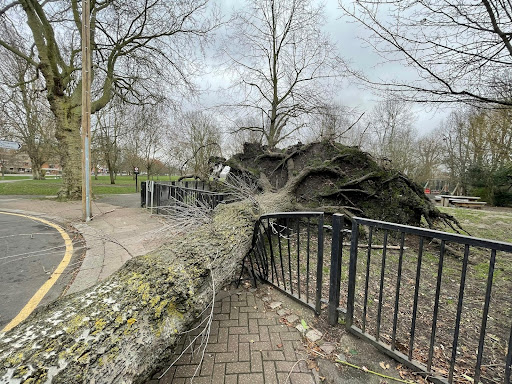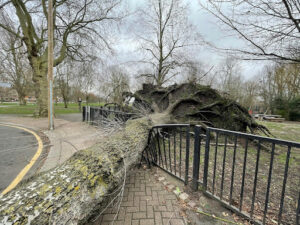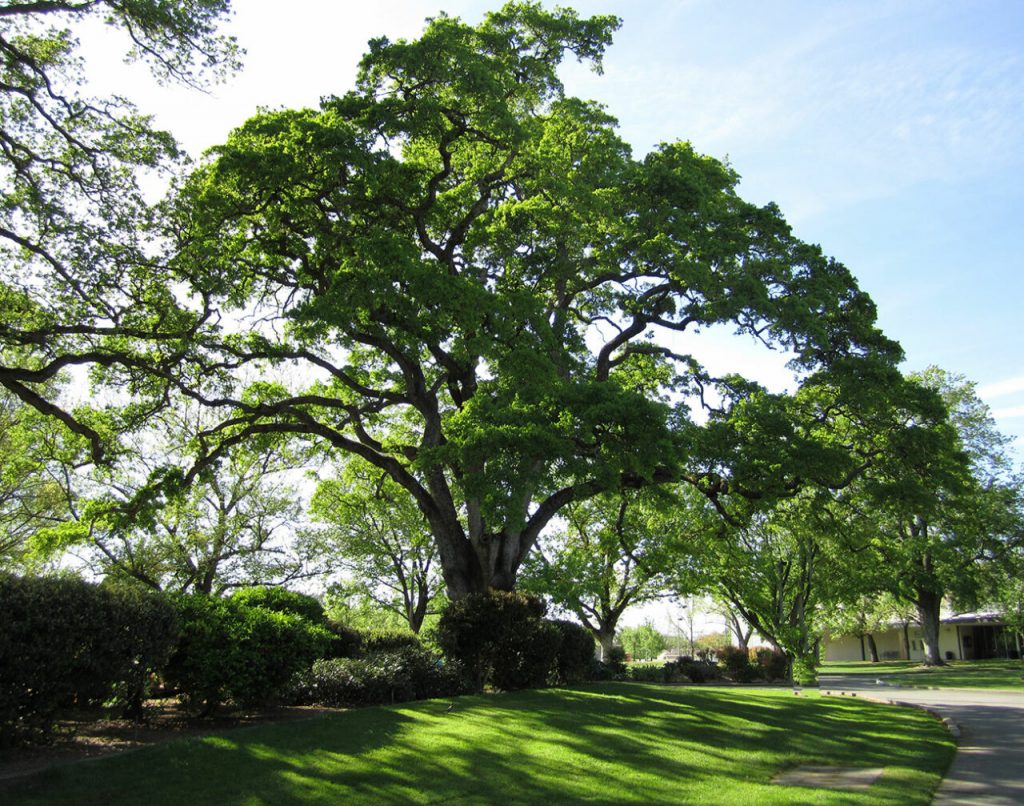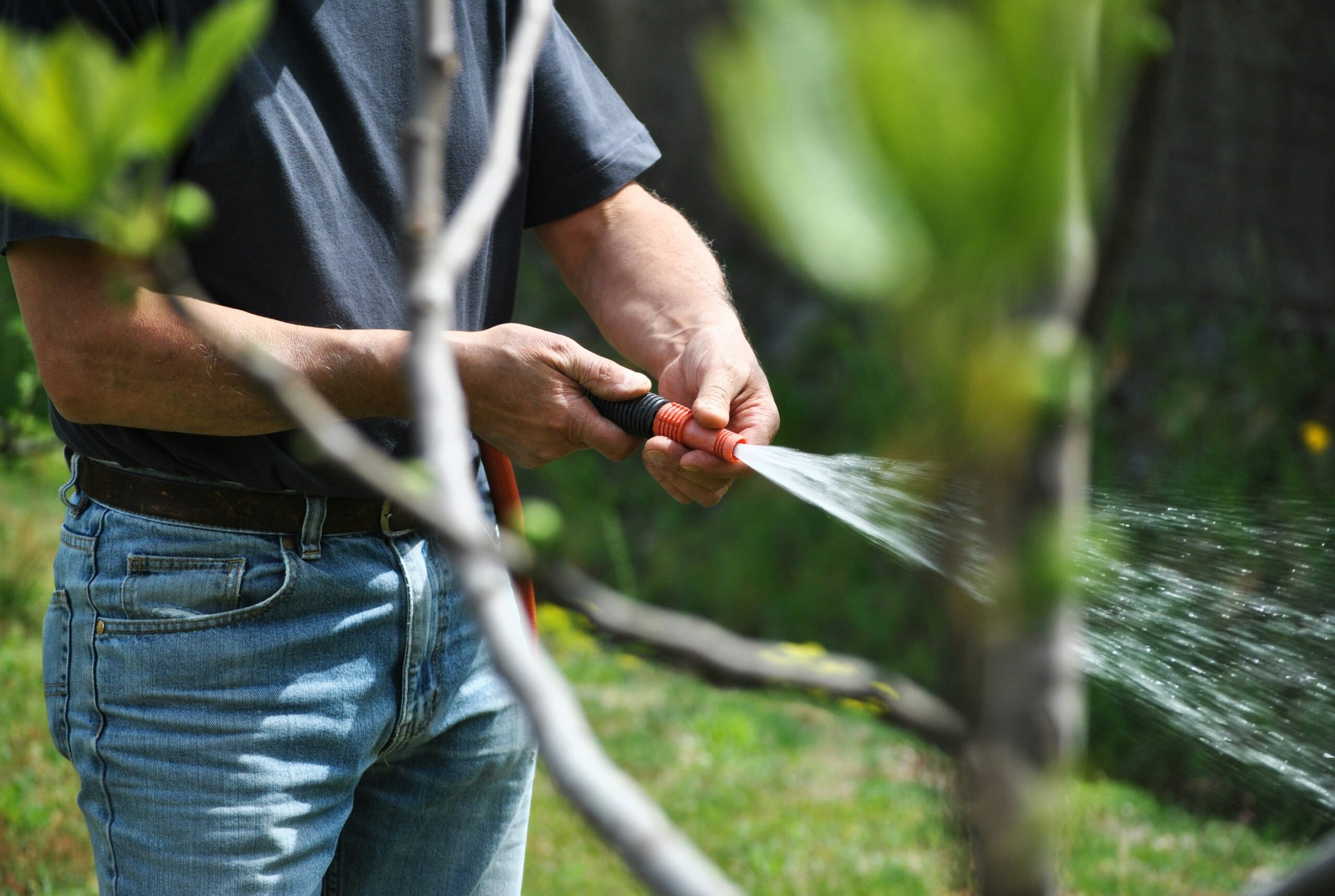
Date August 19, 2024
Trees enhance landscapes, provide shade, and contribute to environmental well-being. However, they can also present unexpected challenges, particularly during severe weather or after physical damage. Knowing how to manage tree emergencies is crucial for ensuring safety and minimizing potential damage. This article explores what constitutes a tree emergency, how to handle these situations, and preparation tips.
What Is a Tree Emergency?
Image via Unsplash by John Cameron
A tree emergency occurs when a tree poses an immediate threat to property, people, or the tree itself due to damage or instability. Common scenarios include trees that have fallen or risk toppling, those with severe limb breakage, or trees that have sustained damage from storms, heavy winds, or other external factors. These emergencies can lead to hazardous situations, such as obstructing roadways, damaging power lines, or compromising the structural integrity of buildings.
How To Handle Tree Emergencies
Here are some steps to dealing with tree emergencies:
- Assess the situation: It’s best to evaluate the scene from a safe distance before taking action. Immediate hazards might include power lines, unstable branches, or nearby structures.
- Contact emergency services: Emergency services or local authorities should be contacted if the tree has caused significant damage or poses a serious risk. Emergency tree services can assist with immediate threats and ensure that the area is secure, especially when power lines are involved or there is a risk to public safety.
- Engage professional arborists: If a tree has substantial damage or risks falling, it is crucial to involve a certified arborist or tree removal service. Professional emergency tree services have the expertise and equipment to remove or stabilize the tree.
- Document the damage: Photographs of the damage and affected areas (including at various angles) can be helpful for insurance claims or assessing the extent of damage.
- Implement temporary measures: Temporary precautions can prevent further damage, such as cordoning off the area around the fallen tree or securing dangerous branches that could cause a hazard.
Tips To Prepare for Tree Emergencies
Prevention and preparation are vital to handling or avoiding tree emergencies. Here are some tips to consider:
- Regular tree inspections: A certified arborist can assess the health and stability of trees with regular inspections. Early detection of potential issues can prevent emergencies before they arise.
- Proper tree maintenance: Pruning trees regularly to remove weak or dead branches can reduce their risk of falling. Proper maintenance can reduce the likelihood of branches breaking during storms or high winds.
- Preparation of the surrounding area: The area around any trees should be clear of potential hazards, and the property’s emergency access routes should remain unobstructed. This preparation facilitates quicker response times in case of an emergency.
Tree emergencies may be daunting, but they can be handled effectively and safely with the right knowledge and preparation. Understanding what constitutes a tree emergency, knowing how to respond appropriately, and preparing in advance can help manage these situations. If you need help preventing or responding to a tree emergency in Arlington, contact TreeNewal. Our ISA-certified arborists have the skills and know-how to respond to emergencies and guide you in preventing them.









